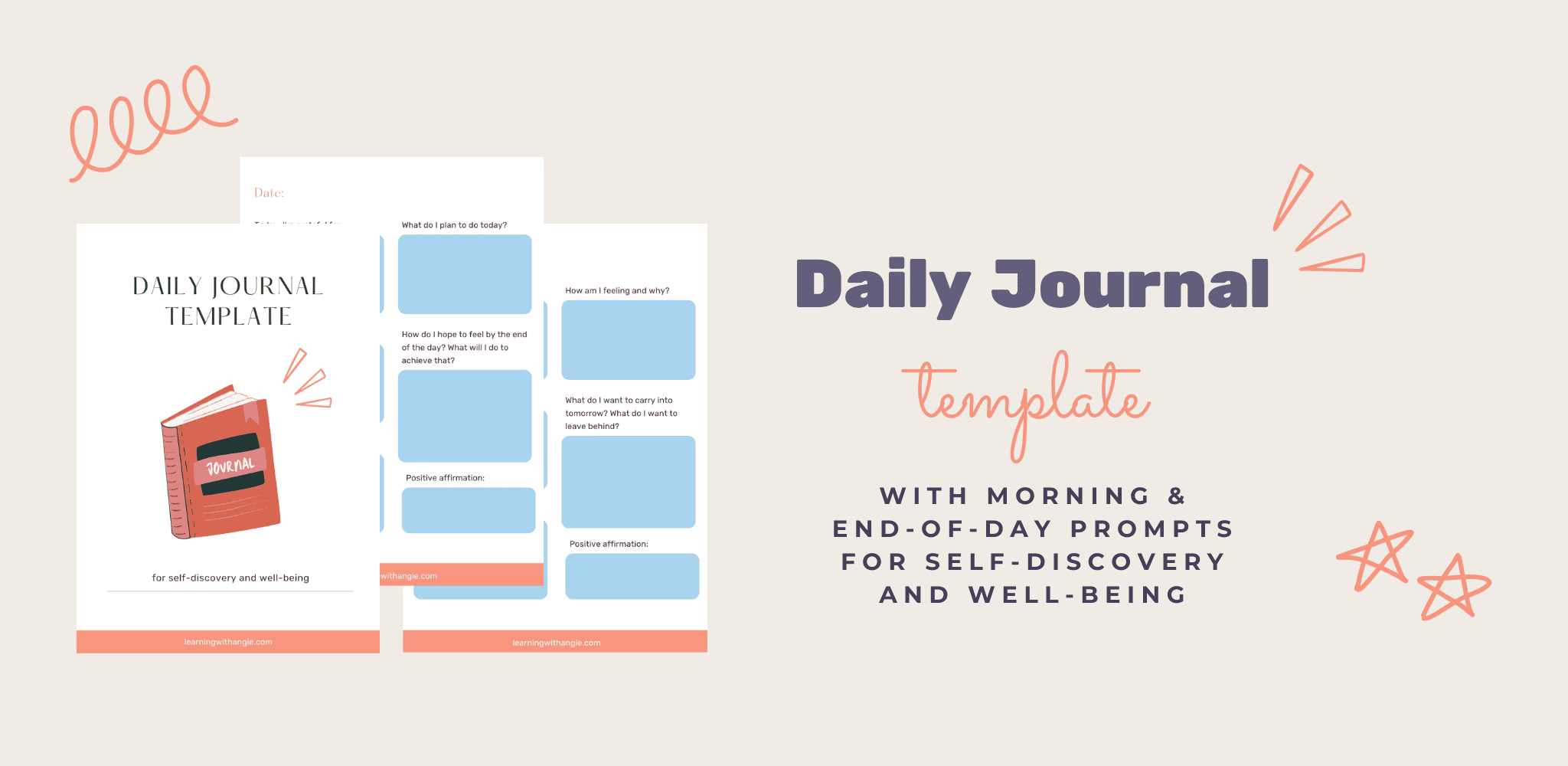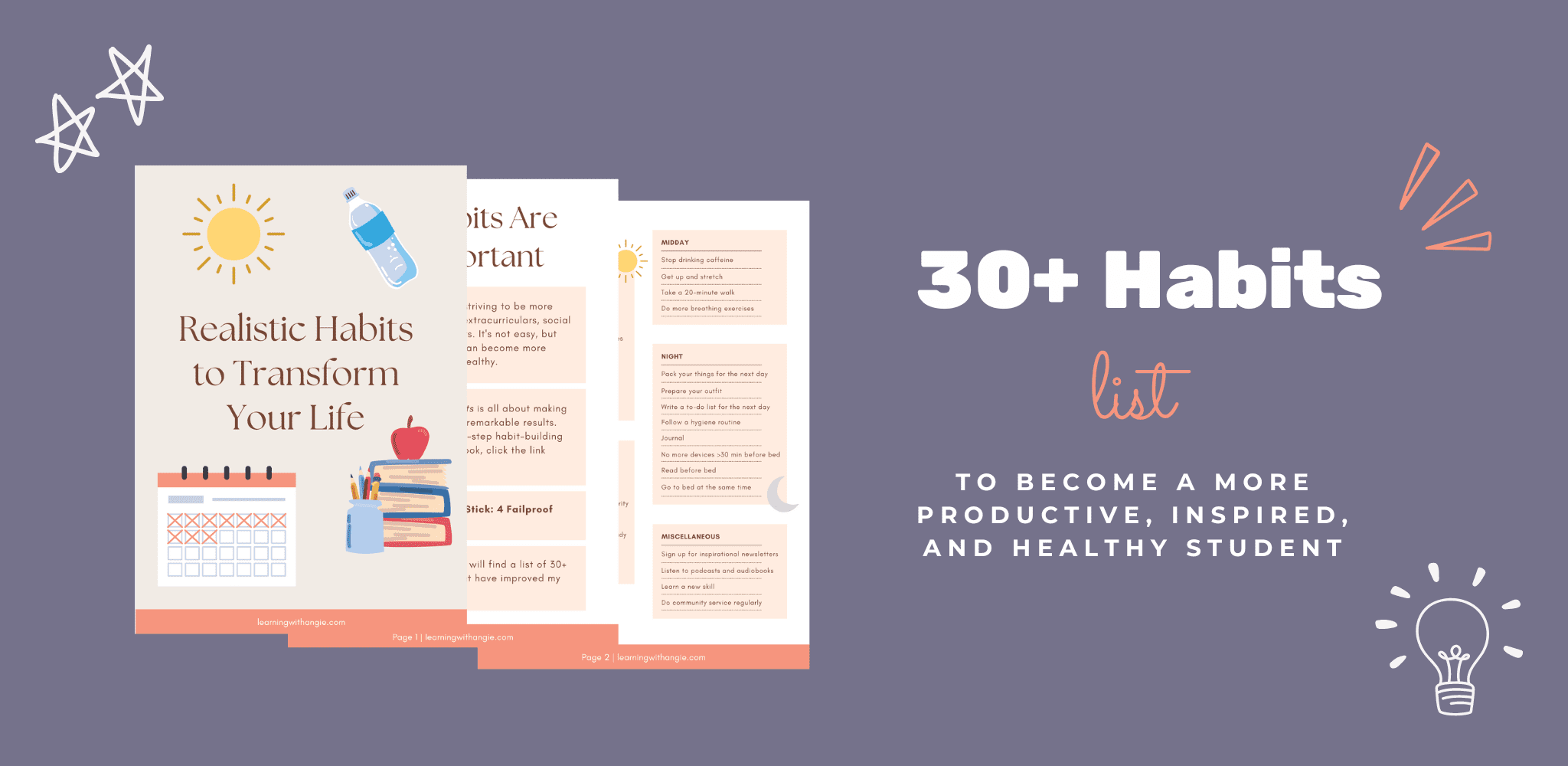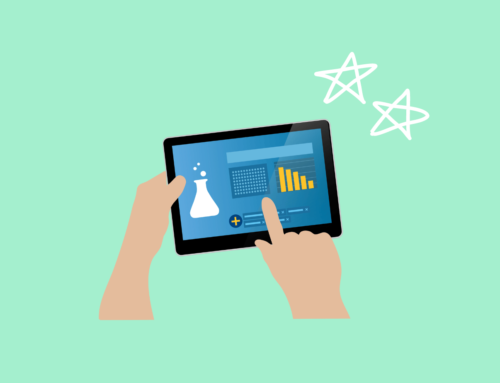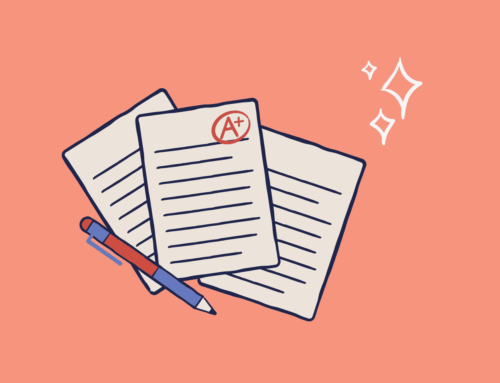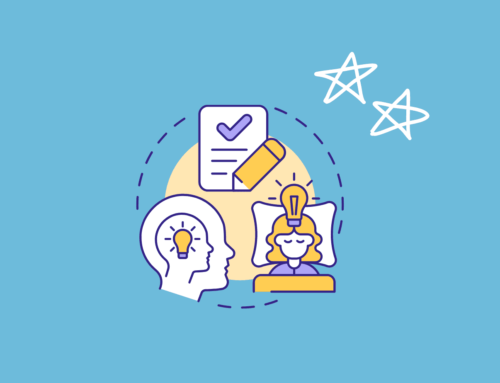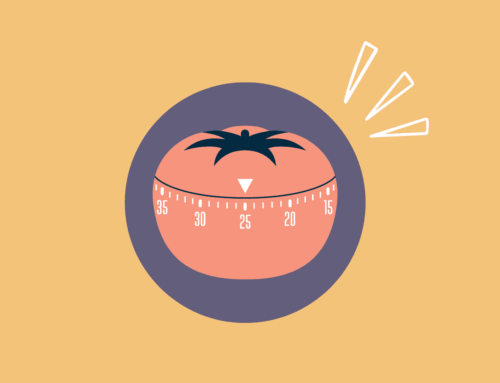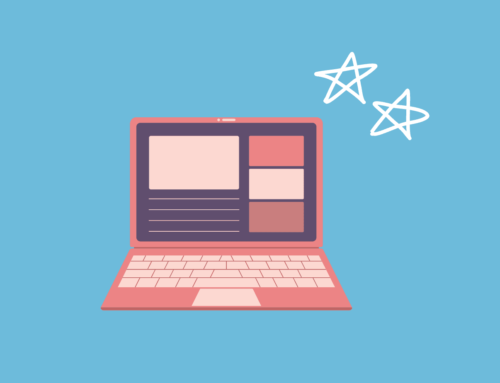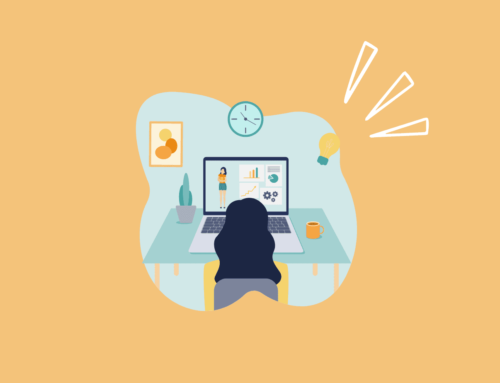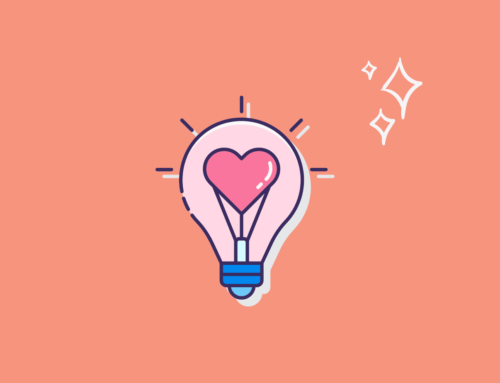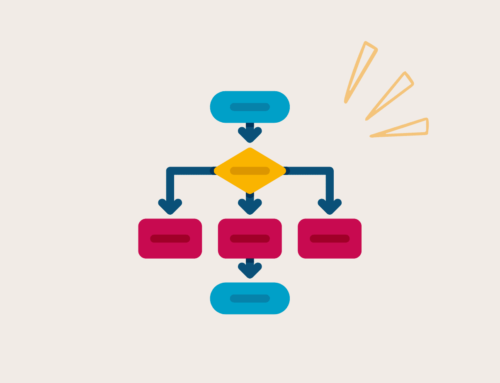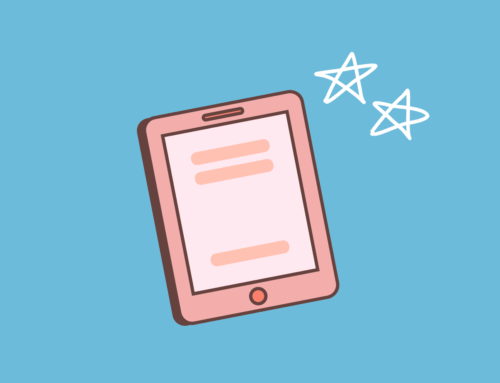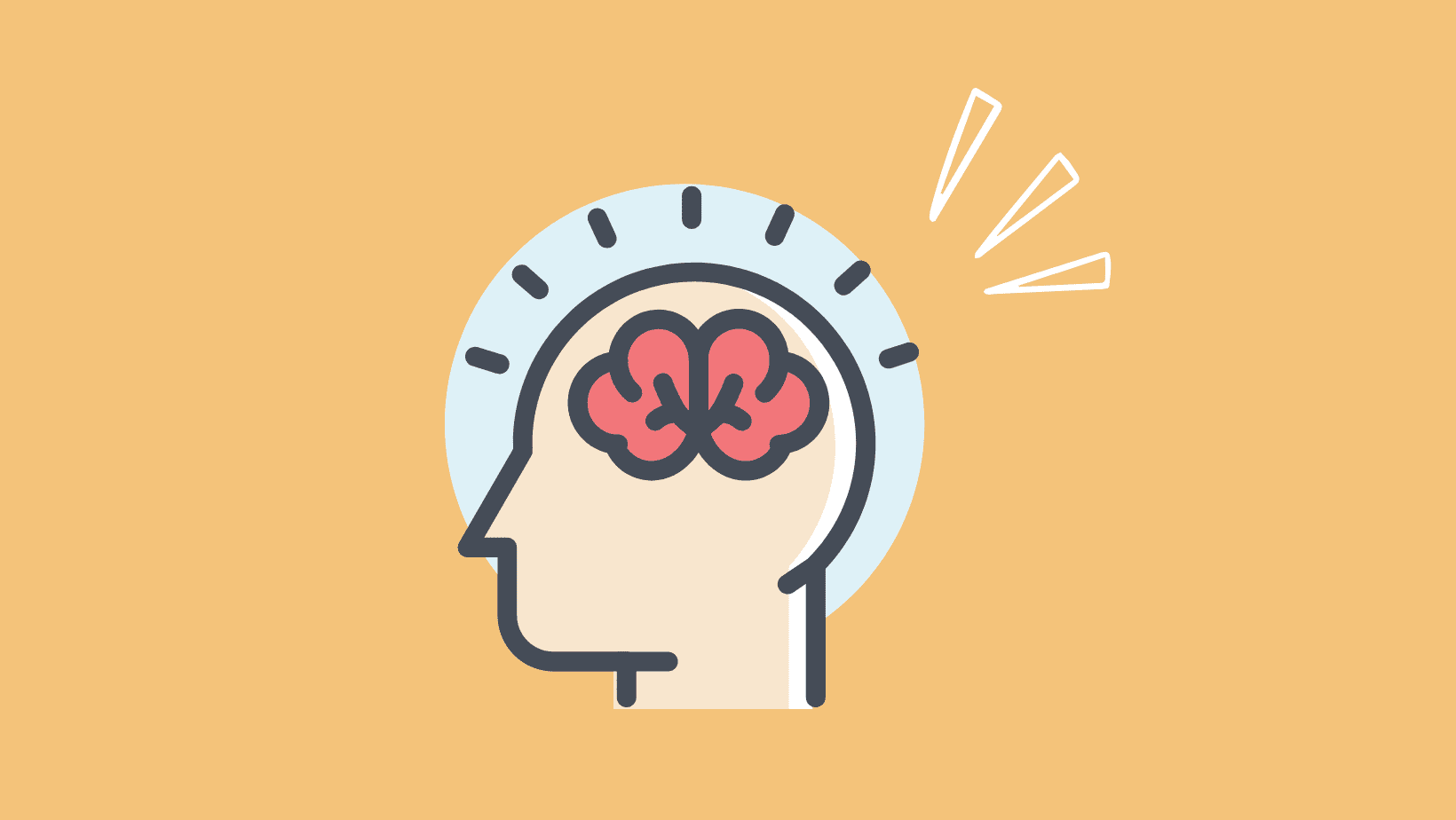
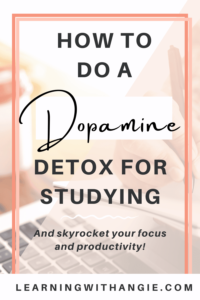
You sit down at your desk, determined to have a productive study session.
But before long, you feel the urge to check Instagram. You try to ignore the temptation, but eventually, you give in.
Before you know it, you’ve spent half an hour scrolling through your feed, liking posts from friends, reading comments about the latest celebrity drama, and seeing how many MBTI posts you can relate to.
However, afterward, you feel extremely guilty. You could have spent that half hour studying, but now you’ve wasted it.
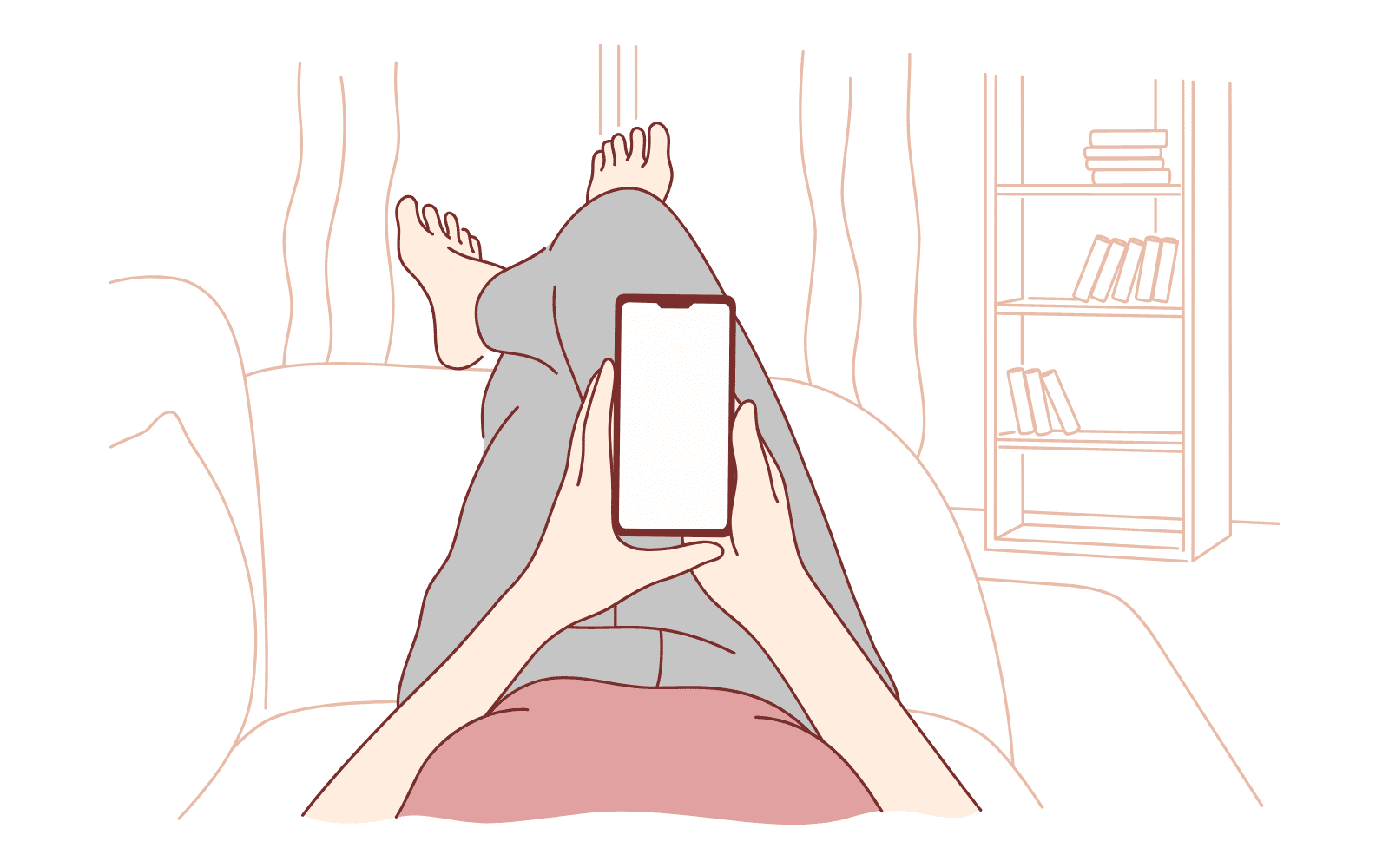
In the distraction-filled world we live in today, it’s often difficult to study attentively for long periods of time. Fortunately, there’s a solution to this: a dopamine detox for studying.
I decided to do a 7-day dopamine detox during a time when I felt frequently distracted. Whenever I tried to study, I would feel the urge to go Internet surfing or watch YouTube videos.
I realized that these urges were not only distracting but mentally draining to resist. When I came across the idea of doing a dopamine detox, I decided to give it a shot.
The results of the dopamine detox far exceeded my expectations. It not only improved my productivity and focus but also bolstered my excitement about daily routines and my creativity.
In this article, I’ll be covering:
- What a dopamine detox is
- How to do a 7-day dopamine detox to improve focus for studying
- How to avoid relapse and improve your focus in the long run
Let’s dive in!
What is Dopamine?
Dopamine is commonly referred to as the “feel-good” hormone, but it’s not. Dopamine is a motivation chemical.
When you do something pleasurable, like eat at your favorite restaurant, your brain wants to repeat the activity. The next time you pass by your favorite restaurant, your brain will release dopamine, which motivates you to go eat there again.
In short, dopamine is released whenever the brain anticipates a rewarding activity.
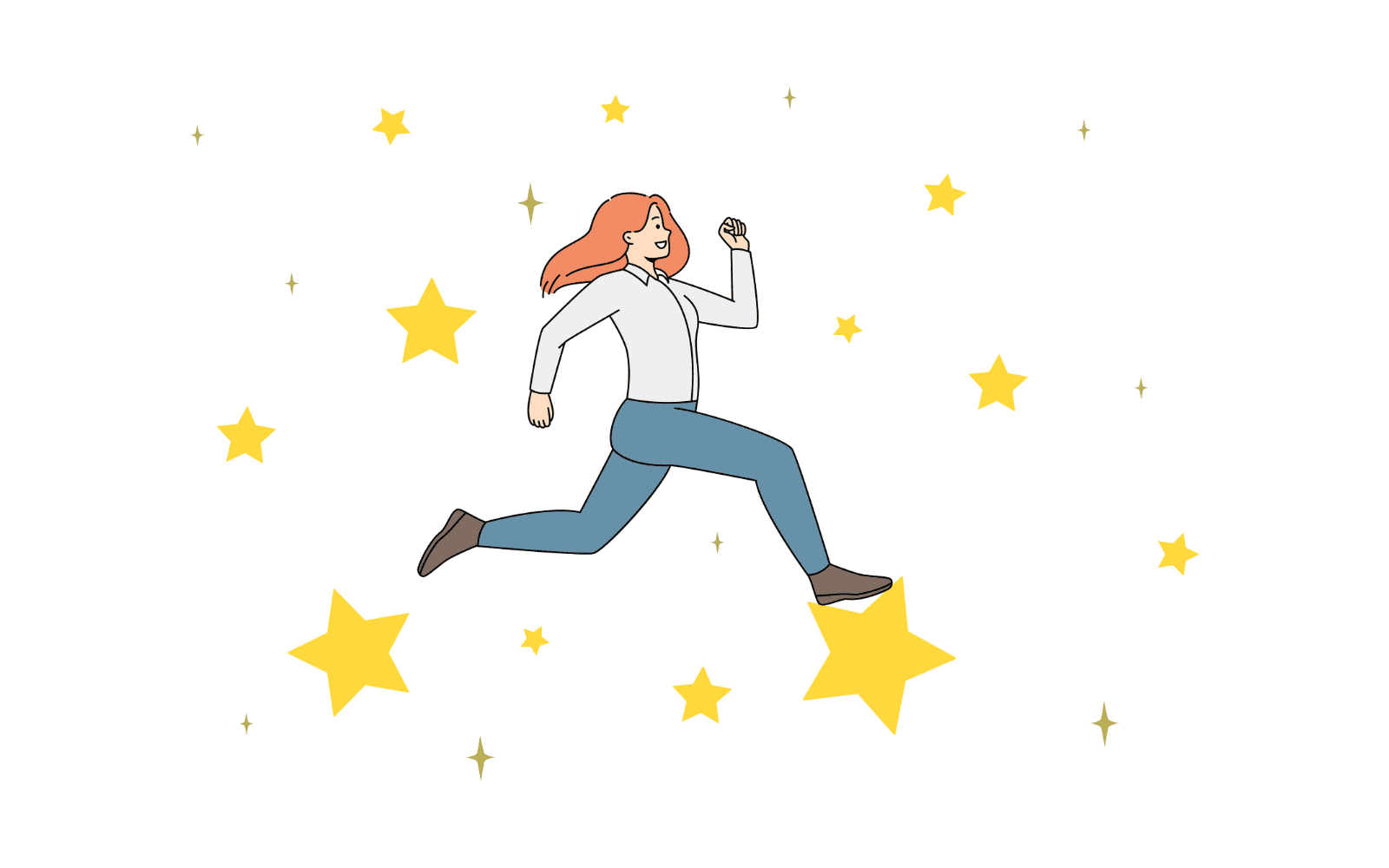
Dopamine is essential for survival because without it, we wouldn’t be motivated to do anything, even the activities necessary to live.
Our Dopamine Systems Have Been Hijacked
Unfortunately, our dopamine systems have been hijacked in the modern world. Our environment is filled with superstimuli—stimuli intentionally designed to be as rewarding (and thus addicting) as possible.
Such stimuli provide quick bursts of pleasure, so that the next time you’re exposed to the stimuli (or even when you’re not exposed), your brain releases dopamine that gives you a craving for the stimuli.
Examples of superstimuli include:
- Social media. Every time you get a like on a post or see something interesting in your feed, you feel a momentary sense of pleasure. Your brain begins to crave social media because of the quick pleasure it provides.
- Fast food. It is scientifically designed to be as addictive as possible—the perfect combination of soft and crunchy, the immaculate balance of fatty and sugary. Eating fast food provides quick pleasure, which the brain craves.
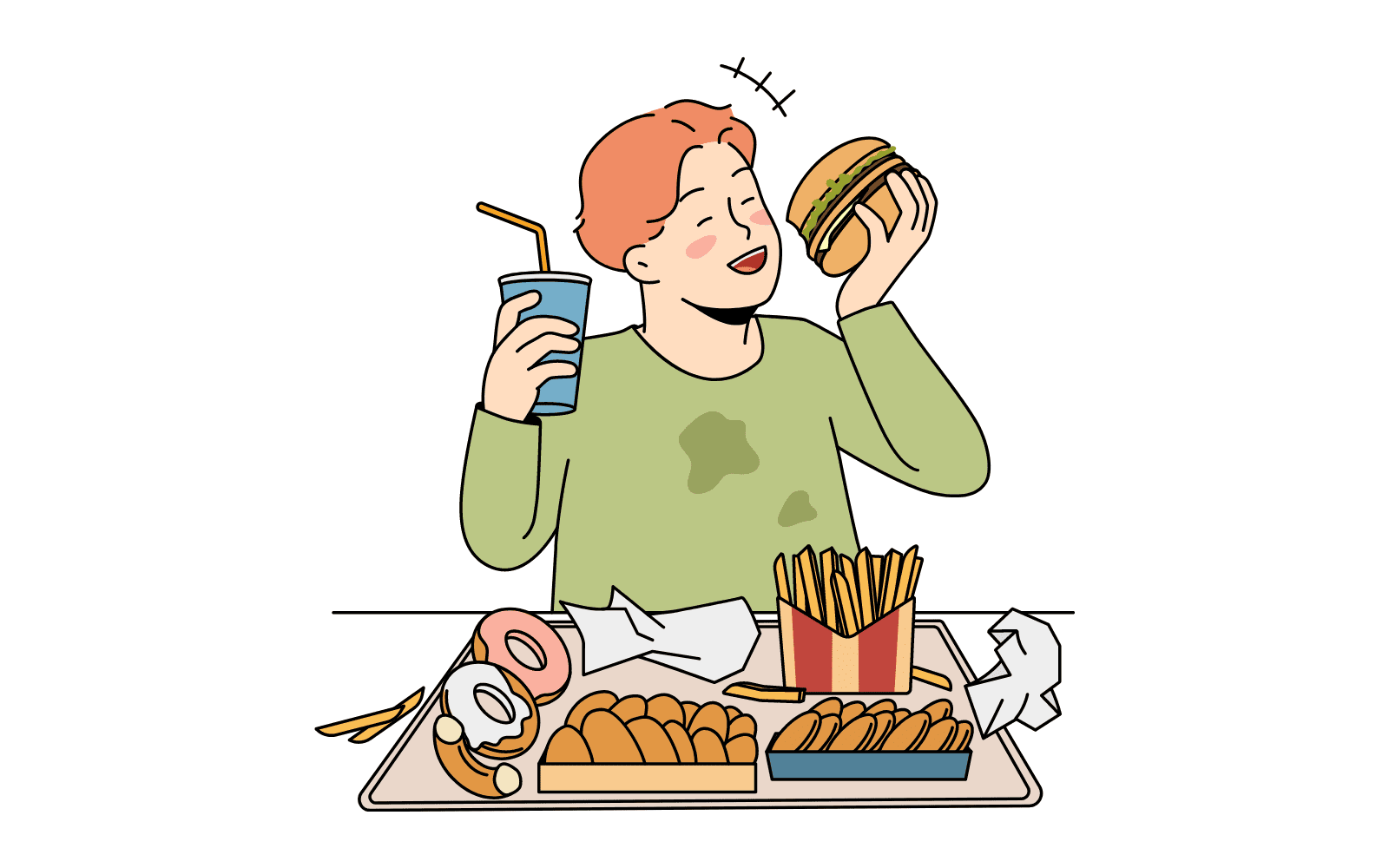
The ultimate problem with superstimuli is that they provide quick but temporary pleasure. As a result, your brain no longer motivates you to do things that provide delayed but long-lasting satisfaction—things like studying, eating healthy, or working out.
You might be wondering: is it possible for the brain to begin releasing dopamine in anticipation of such activities—ones that provide delayed but long-lasting satisfaction?
Is it possible to stop getting distracted by the dopamine release caused by superstimuli—to stop giving into the temptation created by activities that provide quick but only temporary pleasure?
Luckily, the answer is yes. That’s where the dopamine detox comes in!
What is the Dopamine Detox?
The dopamine detox is a form of cognitive behavioral therapy (CBT) developed by Harvard psychologist Dr. Cameron Sepah. In a dopamine detox, you replace addictive behaviors triggered by superstimuli with healthy, productive behaviors.
For example, instead of going on your phone during a study break, you might go outside for a walk.
Contrary to popular belief, the goal of the detox is not to lower the amount of dopamine in your system. Rather, it’s meant to reduce the amount of external stimuli needed to trigger dopamine release.
Think about it this way:
Superstimuli like social media provide a constant stream of stimuli. Your brain anticipates new content every time you swipe your finger. The novel stimuli are never-ending, so your brain keeps releasing dopamine.
Activities like studying don’t trigger such a constant release of dopamine, so they aren’t as attractive to the brain. However, if you’re unable to touch social media, your brain will seek other activities to relieve its boredom.

Studying will become more appealing because it provides relief from boredom. Over just a few days of avoiding superstimuli, your brain will begin releasing dopamine in response to normal stimuli (e.g. studying, exercising, going on a walk, talking to a loved one).
What the Dopamine Detox Isn’t
Unfortunately, the dopamine detox has turned into an unhealthy Internet fad. Many people have gone to extreme lengths, such as avoiding human interaction or even all sensory stimulation.
The misunderstanding here is that the dopamine detox is not meant to deprive you of all dopamine. As I mentioned, dopamine is a naturally-occurring brain chemical that is necessary for survival.
The dopamine detox is meant to help you get rid of addictive, maladaptive behaviors and replace them with healthy, productive ones.
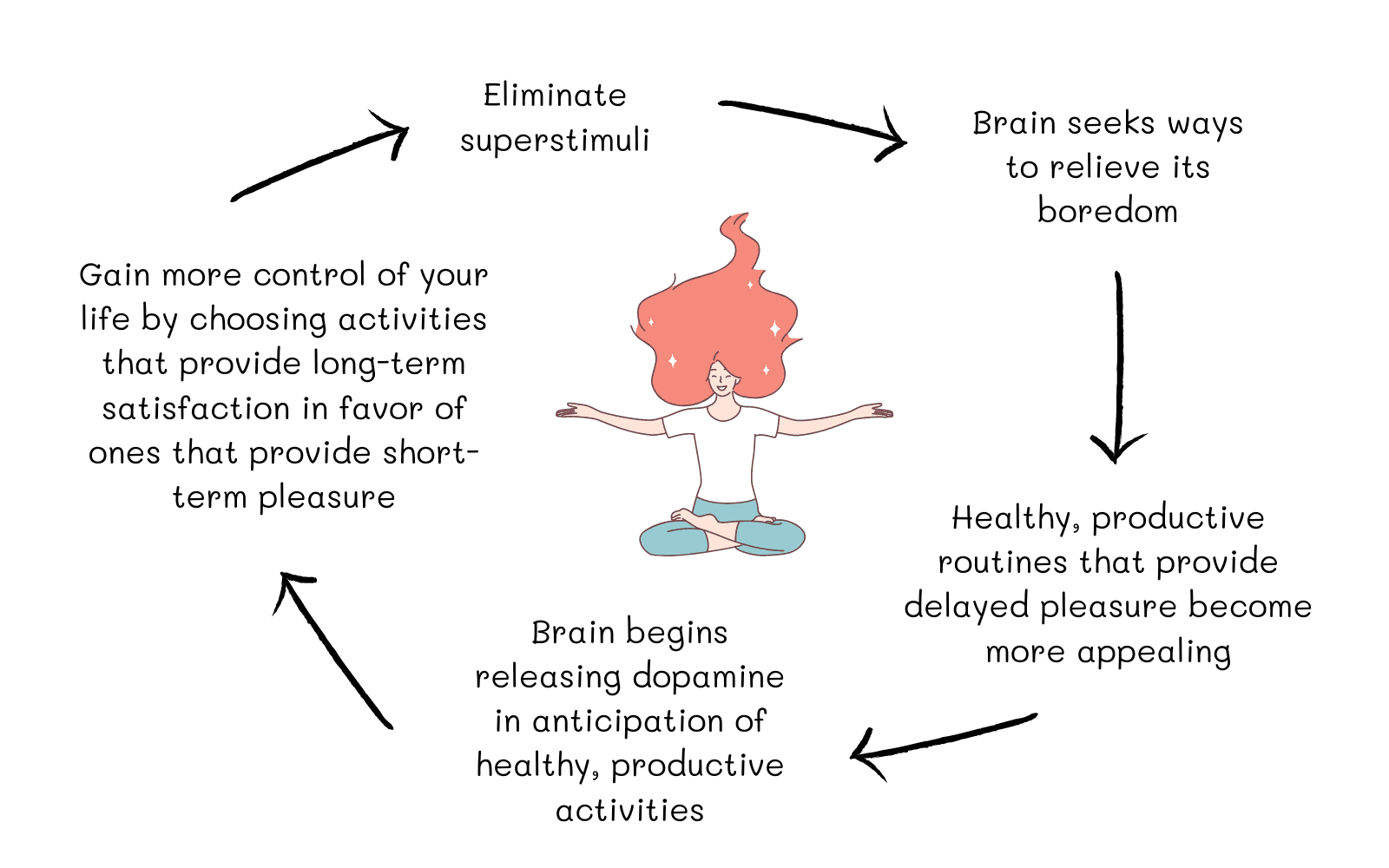
Simply put, the goal is that by depriving yourself of superstimuli, your brain will begin to anticipate the delayed pleasure provided by healthy, productive activities. You do NOT need to and should NOT abstain from dopamine-triggering activities entirely.
How to Do a Dopamine Detox for Studying
In this section, I’ll be covering exactly how to do a 7-day dopamine detox for studying, step-by-step!
Step #1: Identify Maladaptive Behaviors
First, make a list of behaviors that are interfering with your productivity and well-being. These may include:
- Gaming
- Digital rabbit holes (e.g., social media, YouTube, Netflix)
- Watching TV
- Listening to loud music
These are the behaviors you need to cut out and replace with healthy alternatives during your dopamine detox.
Step #2: Create Friction
In Atomic Habits, James Clear explains that discipline does not come mostly from self-control. Instead, it comes from priming your environment. (Check out my post on how to build habits and stick to them for a complete summary of the book.)
Simply put, if your environment is filled with distracting stimuli, then you’ll be easily distracted. But if you remove distracting stimuli, then you’re more likely to be on task.
This means that to get rid of bad behaviors, you MUST change your environment. You have to introduce friction that makes it difficult or even impossible to perform a bad behavior.
For instance, let’s say Bob’s trying to lose weight, but Bob has a sweet tooth. His pantry is filled with sweets—chocolate truffles, snickerdoodle cookies, and crème-filled wafers. He doesn’t want to part with them, so he keeps them. That’s self-sabotage.
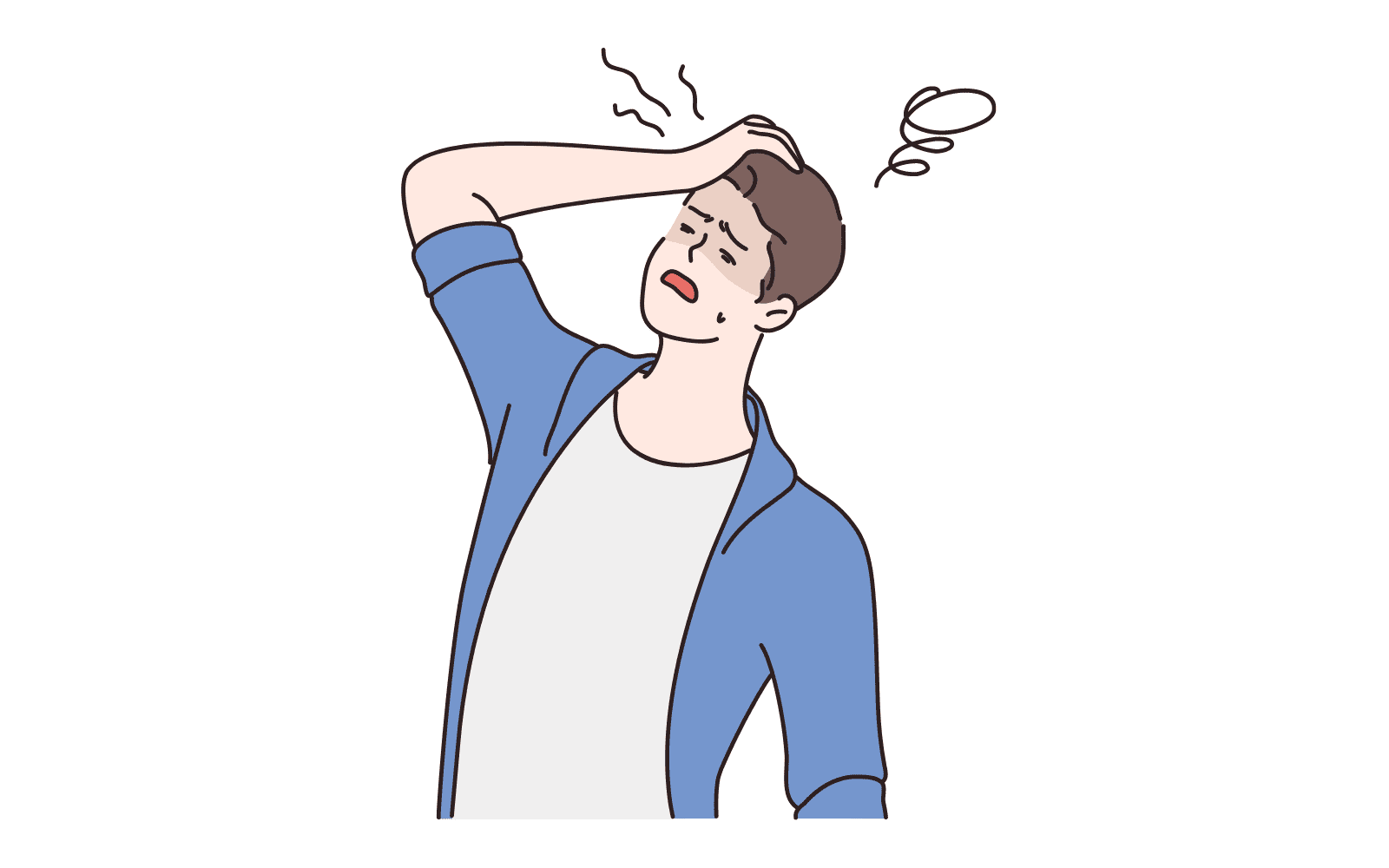
Bob doesn’t realize that discipline isn’t about self-control. Trying to resist the temptation of all those sweets every time he passes by the pantry is way too exhausting.
Instead, what Bob needs to do is introduce friction in his environment: he needs to throw out all his sweets.
Here are some examples of introducing friction:
- Delete all the apps that are most distracting to you. If you feel tempted to access them via Internet browsers, install website blockers.
- When studying, put your phone and any other distracting devices in another room.
- Put your headphones somewhere inaccessible, if listening to too much music is something that prevents you from getting work done.
Step #3: Brainstorm Productive Behaviors
Now that you’ve identified your maladaptive behaviors and ways to make them impossible to perform, it’s time to brainstorm productive behaviors.
Remember, the goal of a dopamine detox is to replace maladaptive behaviors with healthy ones. Instead of reaching for your phone or doing something else distracting during a study break, choose a healthy alternative.
Here are examples of productive behaviors:
- Reading
- Meditating
- Stretching
- Journaling
- Going on a walk
- Playing with a pet
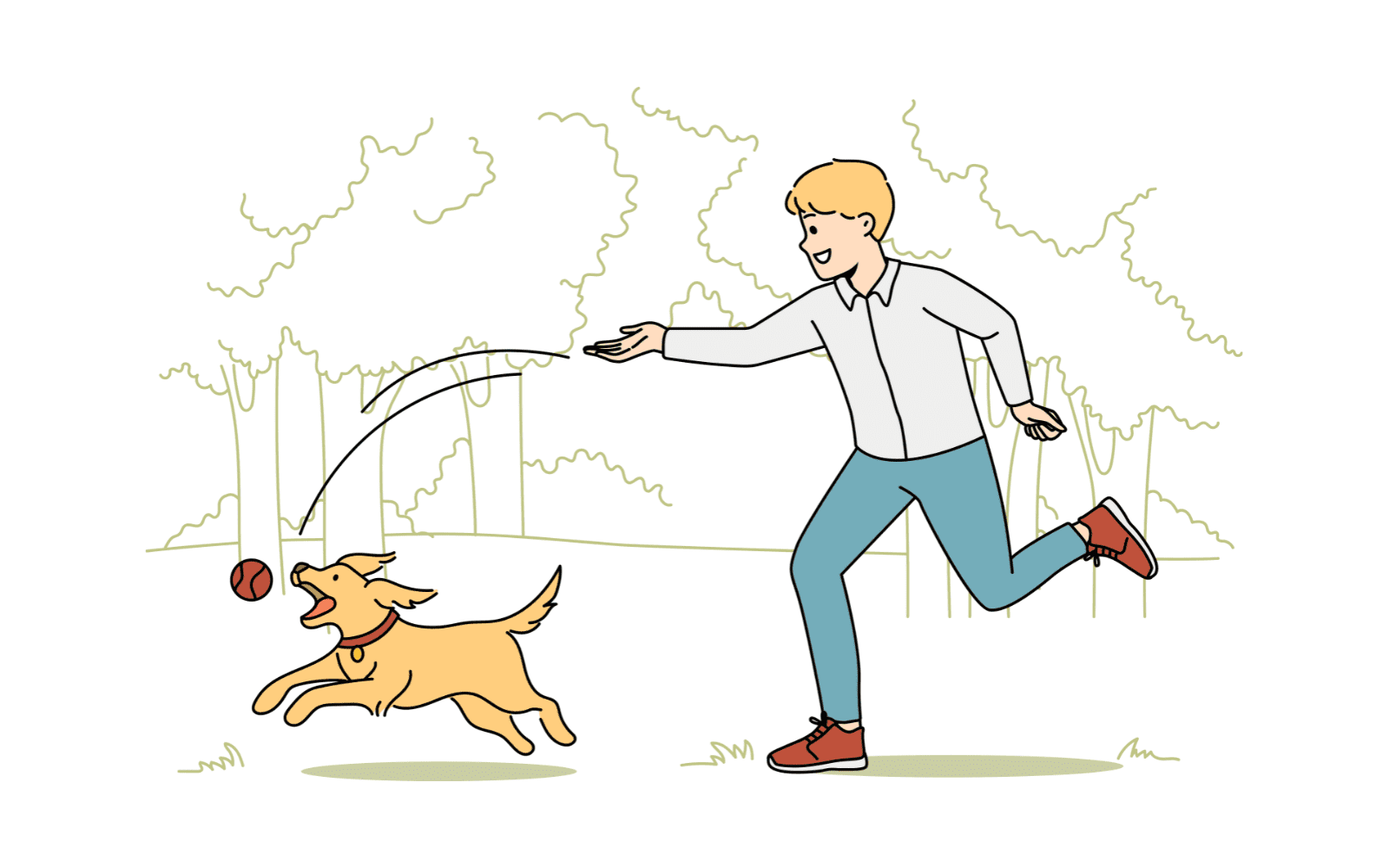
When you feel the urge to perform a maladaptive behavior during your dopamine detox, choose an activity from this list instead.
Step #4: Create a Morning Routine
Starting off the morning on the right foot is essential. I find that if my morning lacks structure and purpose, I feel unmotivated for the rest of the day.
You can read about productive morning-to-night routines for students in this post. Nevertheless, here are some key points to keep in mind when creating your morning routine:
The Morning is Not Exactly a Fresh Beginning
Remember that the beginning of a new day is part of a cycle linked to the night before. By doing certain productive activities the night before, you can drastically improve your productivity in the morning.
One such activity is planning your day the night before. Write down a list of tasks you intend to complete and time block your day. Identify one priority task to accomplish first thing in the morning.
Plan Something Exciting and Don’t Rush Your Routine
It can be hard to get out of bed unless you have something to look forward to. Therefore, add an activity to your routine that excites you. For me, this is simply making an iced coffee!
Also, don’t rush your routine. I find that if I feel rushed in the morning, I feel off-kilter for the rest of the day. I like to give myself time to make my bed, get ready, organize my desk, and stretch a bit.
Avoid Open Systems
Open systems are systems that provide a constant stream of new stimuli. This includes things like email and messaging platforms.
Try to schedule your most focused work period for the morning. During this period, avoid using open systems.
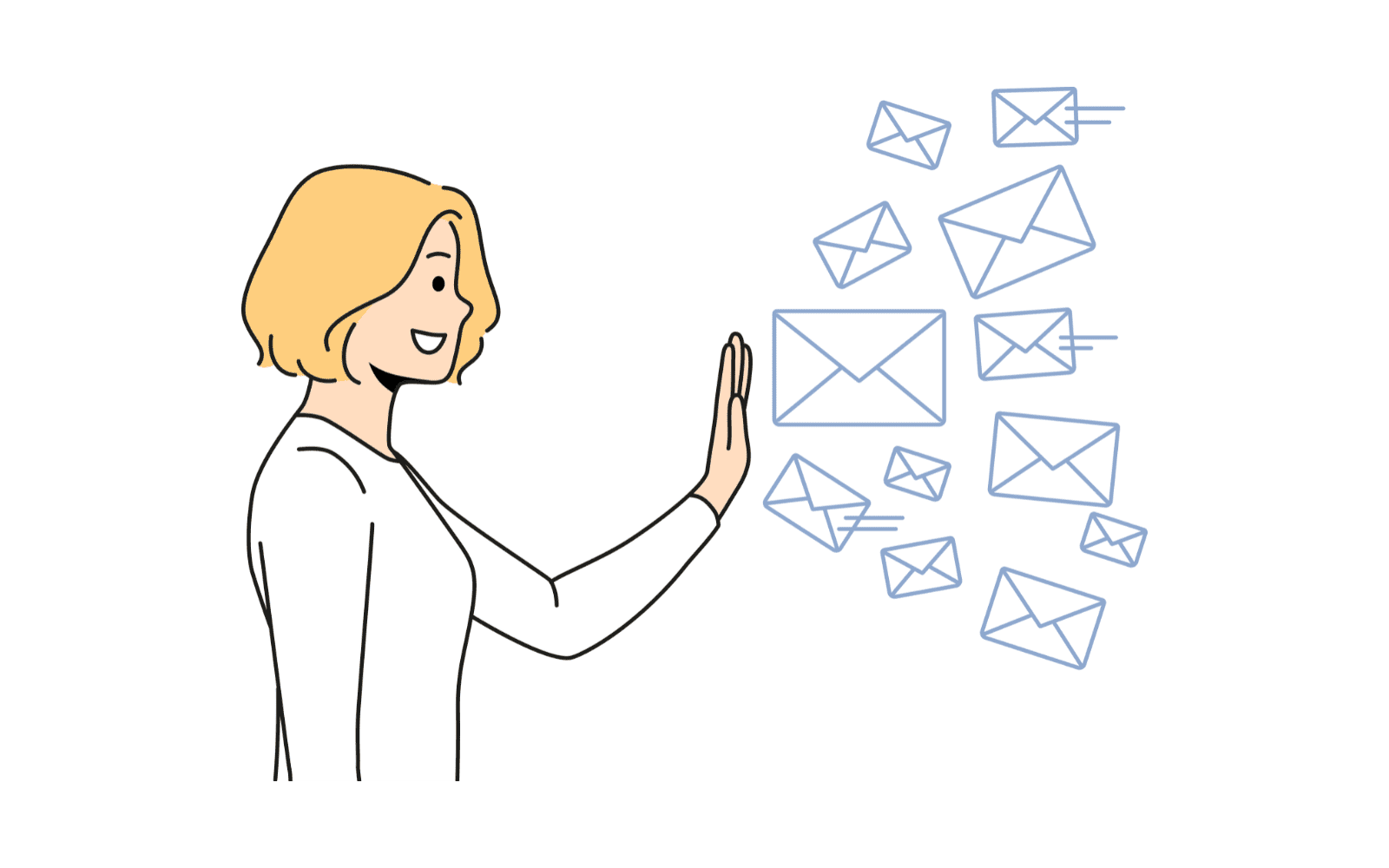
If you have to respond to communications, schedule a short time block (perhaps 15 minutes) to do so. After you’re done, use an app/website blocker to make open systems inaccessible.
Step #5: Hold Yourself Accountable
A dopamine detox will feel hard. Unfortunately, there’s no way around it. However, creating a system to hold yourself accountable can be very helpful.
Here are some ways to do so:
Use Visual Reminders
Remember the list of maladaptive behaviors and productive behaviors you made earlier? Put them somewhere visible.
If you have a whiteboard in your office, write them down there. Or, put your list on a piece of paper and tape it somewhere you can’t miss.
Track Your Progress
Create a tracker to track your progress across the 7 days of the dopamine detox.
For example, if you have a whiteboard, draw 7 boxes for the 7 days of the dopamine detox. For each day that you refrain from all maladaptive behaviors, color in the box. You can also do this on a sheet of paper.
Use a Productivity App
During my dopamine detox, I used the Forest App (it costs a bit of money but is totally worth it). It’s an app that helps you focus… by growing trees.
Here’s the basic idea:
When you want to have a focused study session, plant a tree for a specified amount of time (for example, two hours). If you leave the app while the tree is growing, then the tree will die.

Surprisingly, the prospect of a digital tree dying can be quite effective in preventing you from using your phone.
Also, the app allows you to track how much time you focus in a day. You can also tag different trees based on what you did while the tree was growing (I’ve tagged the tree above with “Blog”). This allows you to see how much time you spend on various activities throughout the day.
(Plus, if you earn enough coins, you can donate a real tree!)
After my dopamine detox was over, I’ve continued to use the app because it motivates me to focus.
Step #6: Journal
Journaling can facilitate self-growth. If you aren’t in the habit of journaling, then your dopamine detox is the time to start.
Remember, doing a dopamine detox will feel hard. And when it does, you should journal.
Here’s how:
Identify the Cause of Maladaptive Behaviors
Instead of giving in to the temptation of doing some maladaptive behavior, try to identify the cause of the temptation.
For instance, do you find yourself reaching for your phone when you’re bored? Do you find yourself wanting to Internet surf when you’re stuck on a hard problem?
Use journaling to help you identify the root cause of your maladaptive behaviors. Then, embrace the discomfort that you feel.
If you’re bored, embrace the boredom. If you’re stuck on a hard problem, embrace the difficulty.
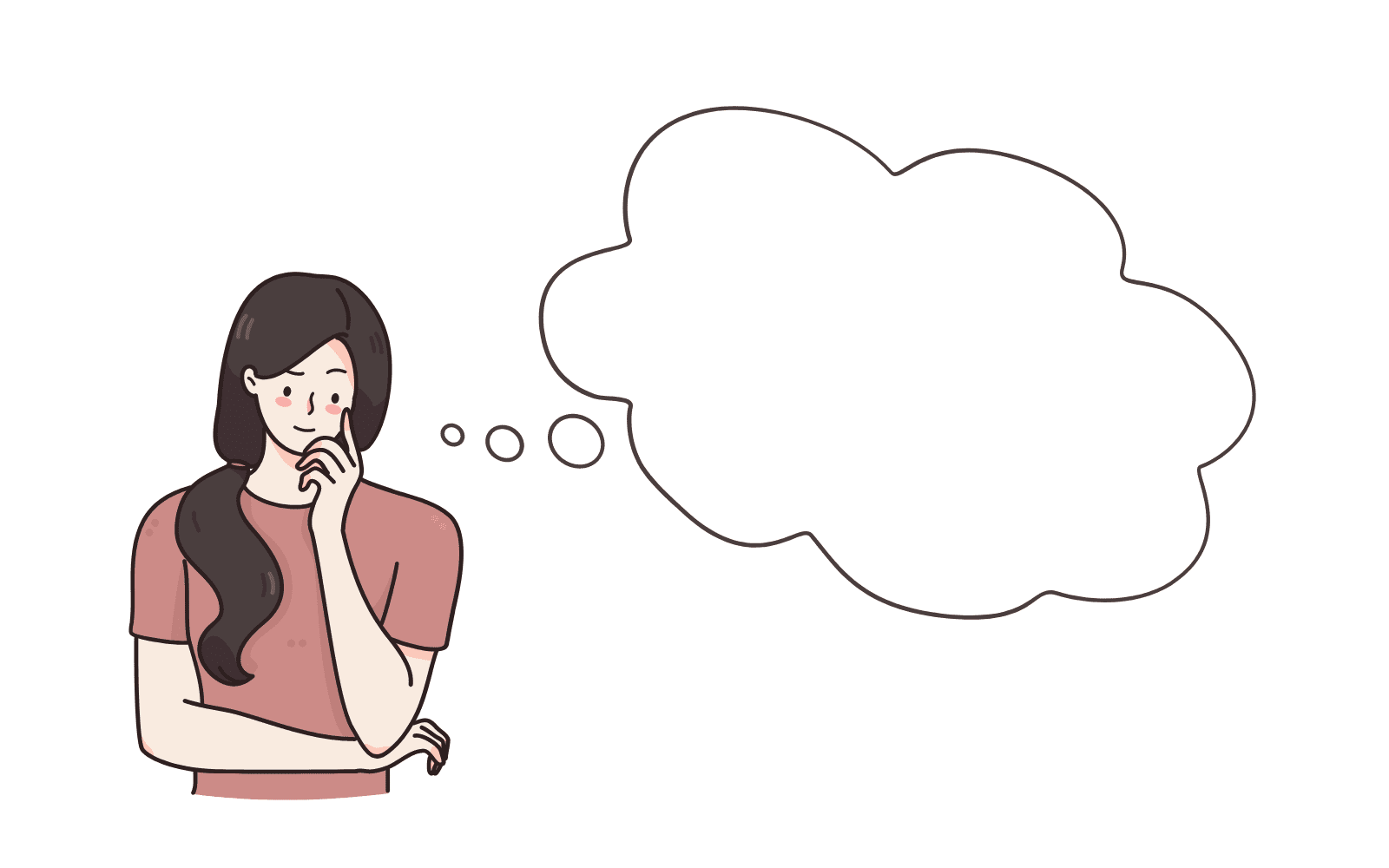
While doing my dopamine detox, I found that I frequently reached for my phone when I was bored. By turning on the Forest app, I couldn’t use my phone. Instead, I was often forced to sit there and do nothing.
It was excruciating at first, but after some time, I became more able to tolerate boredom. In fact, it was often during periods of boredom that my brain began making unforeseen connections and synthesizing creative ideas.
In fact, recent studies show that boredom can make you more productive and creative!
Reflect on How Healthy Alternatives Made You Feel
Identifying the cause of maladaptive behaviors will also help you be less reactive and more in control.
We usually don’t think before reaching for our phones or some other superstimuli. We don’t think, “Oh, I’m bored, so let me grab my phone.” It’s an instinctual response.
But once you recognize that being bored is when your phone feels most irresistible, you can replace the maladaptive behavior with a healthy alternative.
The next time you feel bored, opt for a different activity, like going on a walk or reading. Then, write about how the activity made you feel.
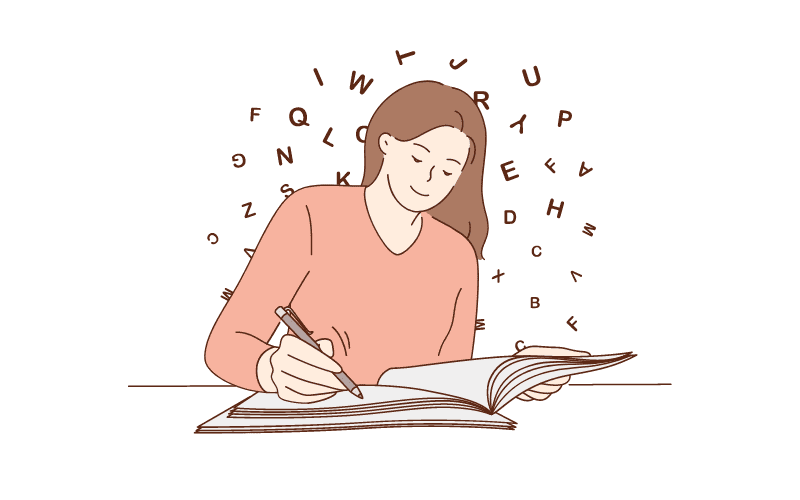
At first, it might feel underwhelming. Activities that don’t involve superstimuli don’t provide a constant anticipation of novelty (and thus result in less dopamine release).
I definitely felt this way at first. However, toward the end of my dopamine detox, I felt calmer and mentally cleaner (I realized that social media and loud music, while exciting in the moment, left me feeling mentally “cluttered”).
Since I’d cut out superstimuli, I even looked forward to delayed-satisfaction activities like folding my laundry and washing the dishes!
Remind Yourself About Why You’re Doing a Detox
When the dopamine detox feels especially hard, write about why you’re doing it.
Logically explain to yourself why you’re avoiding the maladaptive behaviors you’re avoiding.
If it’s social media, ask yourself, “Am I really missing out by not checking my feed? Is the temporary 5-second pleasure of getting likes on a post really worth it?”
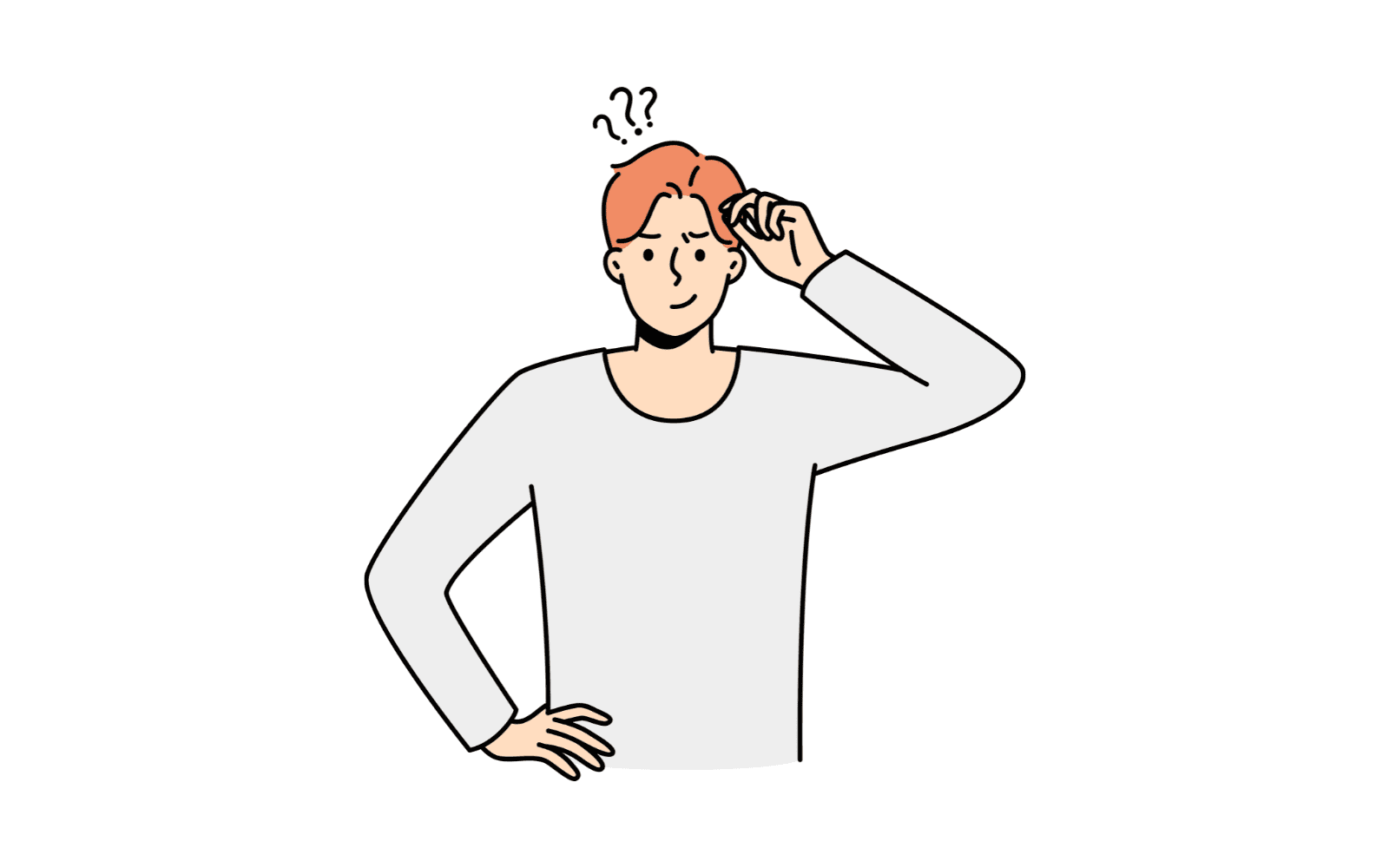
If it’s Netflix, ask yourself, “How do I want to feel at the end of the day? Will I be less stressed and satisfied if I spend these next few hours studying or binging a show?”
Make a list of all the reasons you’re doing the dopamine detox. Remind yourself that by resisting short-term pleasures, you’re making way for long-term satisfaction. You’re becoming a less reactive person and taking more control over your life.
How to Avoid Relapse to Maladaptive Behaviors
Doing a dopamine detox helped me feel more focused, calm, and mentally “clean”. I started anticipating normal activities, like studying, going on walks, and exercising.
In fact, I enjoyed it so much that I’ve kept many of the systems I implemented during my detox. I haven’t re-installed social media or YouTube. I allow myself to listen to music with headphones, but only for a limited time each day.
However, there are still times with old impulses reemerge. When I’m feeling particularly bored or stressed, the temptation to revert to maladaptive behaviors can feel almost irresistible.
Unfortunately, old habits are hard to break. Here are some ways to avoid relapse:
Don’t Be Too Hard On Yourself
Even against your better judgment, you might find yourself reverting to a maladaptive behavior and feeling guilty about it after. Don’t beat yourself up about it.
Instead, recognize that a one-time relapse is an accident. Just don’t let it happen a second time in close succession.
As James Clear says in Atomic Habits, a one-time miss is an accident, but a two-time miss marks the start of a habit.
Realize that the world is against you (we’re surrounded by superstimuli, intentionally created to be irresistible), and remember that a one-time accident doesn’t define you.
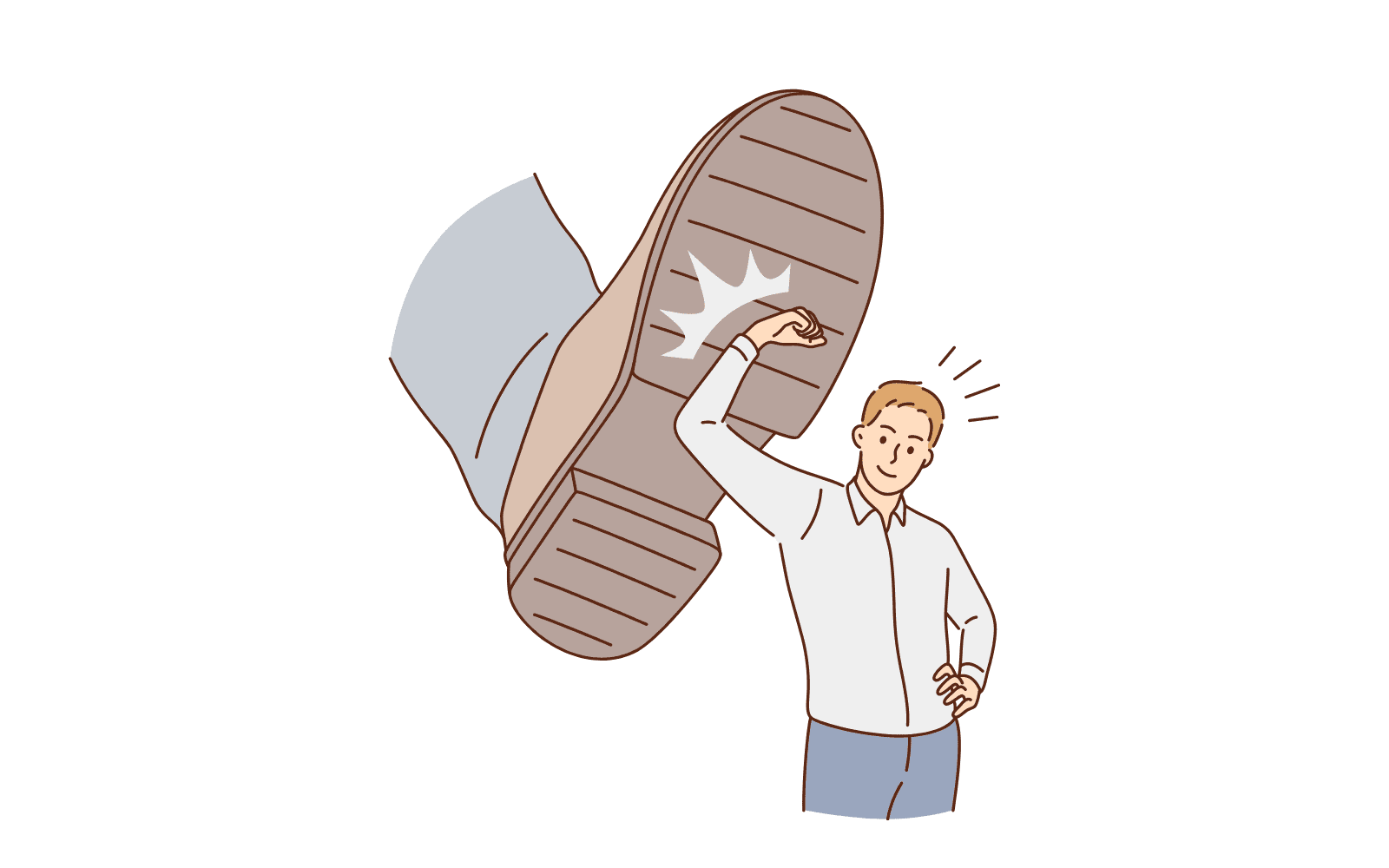
Maintain Friction
As I mentioned, it is nearly impossible to break bad habits completely unless you remove triggering stimuli from your environment.
If you truly want to get rid of maladaptive behaviors, you need to maintain the friction you introduced during your detox.
For me, this has been keeping social media and YouTube deleted, as well as restricting my headphone usage.
Implement Shorter Dopamine Detoxes
Schedule a few hours every evening in which you avoid all over-stimulating activities. For me, this means putting away all electronic devices about two hours before bed.
You can even set aside one-day dopamine detoxes each week. For instance, you could designate Saturdays as your “reset” day, during which you don’t do anything overstimulating, like using your phone, gaming, or listening to loud music.
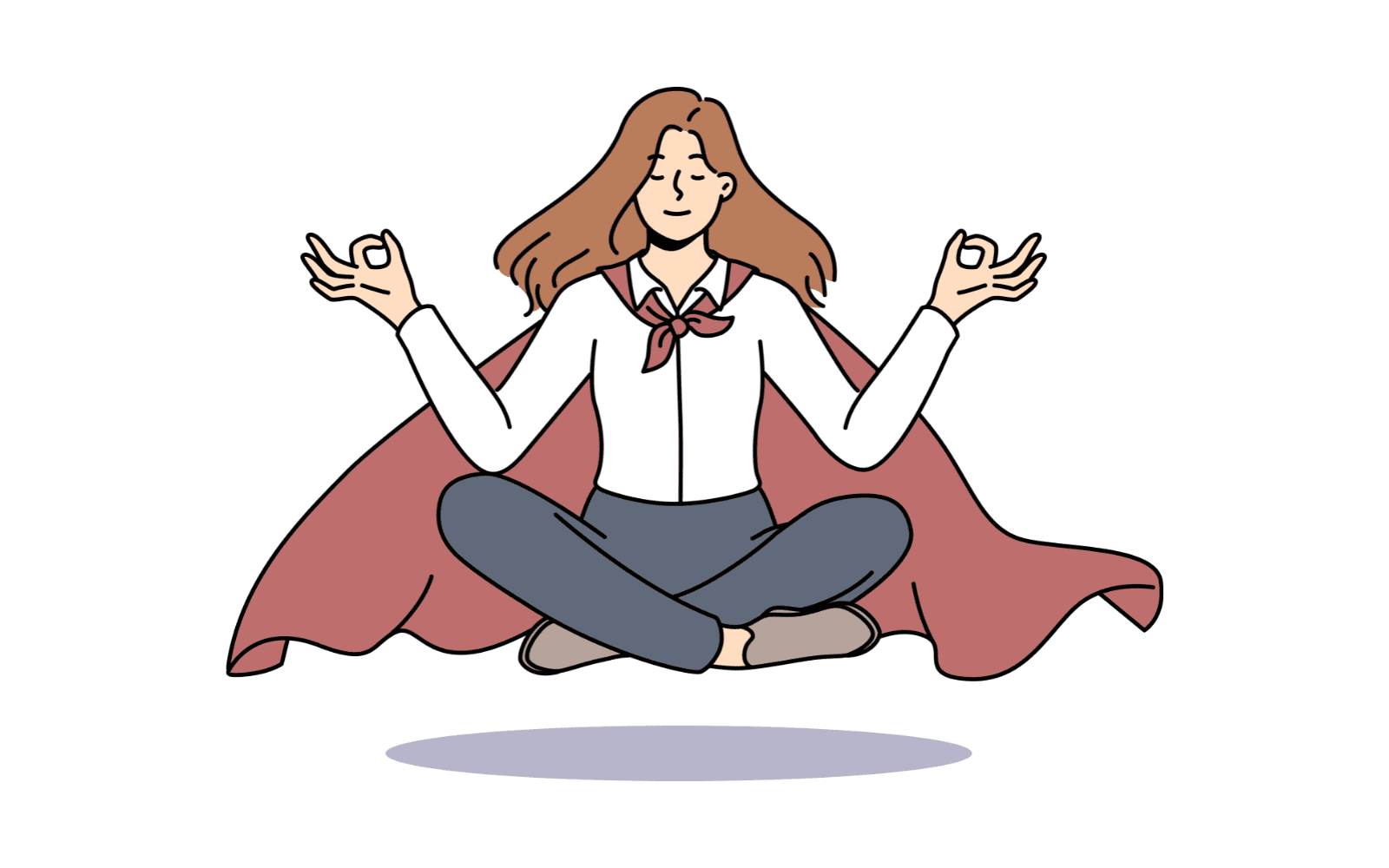
FAQ
Is doing a dopamine detox hard?
Yes, doing a dopamine detox is hard. There’s no way around it.
Especially in the first few days, it will feel like you’re working against your instinct. Because you are.
However, as I discussed extensively in this article, the benefits of a dopamine detox far outweigh the challenges. You’ll come away from it feeling more calm, productive, and focused.
You’ll become less reactive and be able to take more control over your life. Plus, activities like progress tracking and journaling can make the detox easier.
How can I release dopamine from studying?
It’s possible to make your study sessions something you look forward to.
Here are some ways to do so:
Make a Checklist of Small, Actionable Tasks
For example, instead of writing down “study for physics test,” make a list of smaller tasks. You could write down:
- review Gauss’ law,
- review symmetric Gaussian surfaces
- do practice problems
You’ll feel rewarded by the simple act of checking off tasks on your to-do list. This will help your brain anticipate completing tasks, thus making studying more exciting.
Gamify Studying
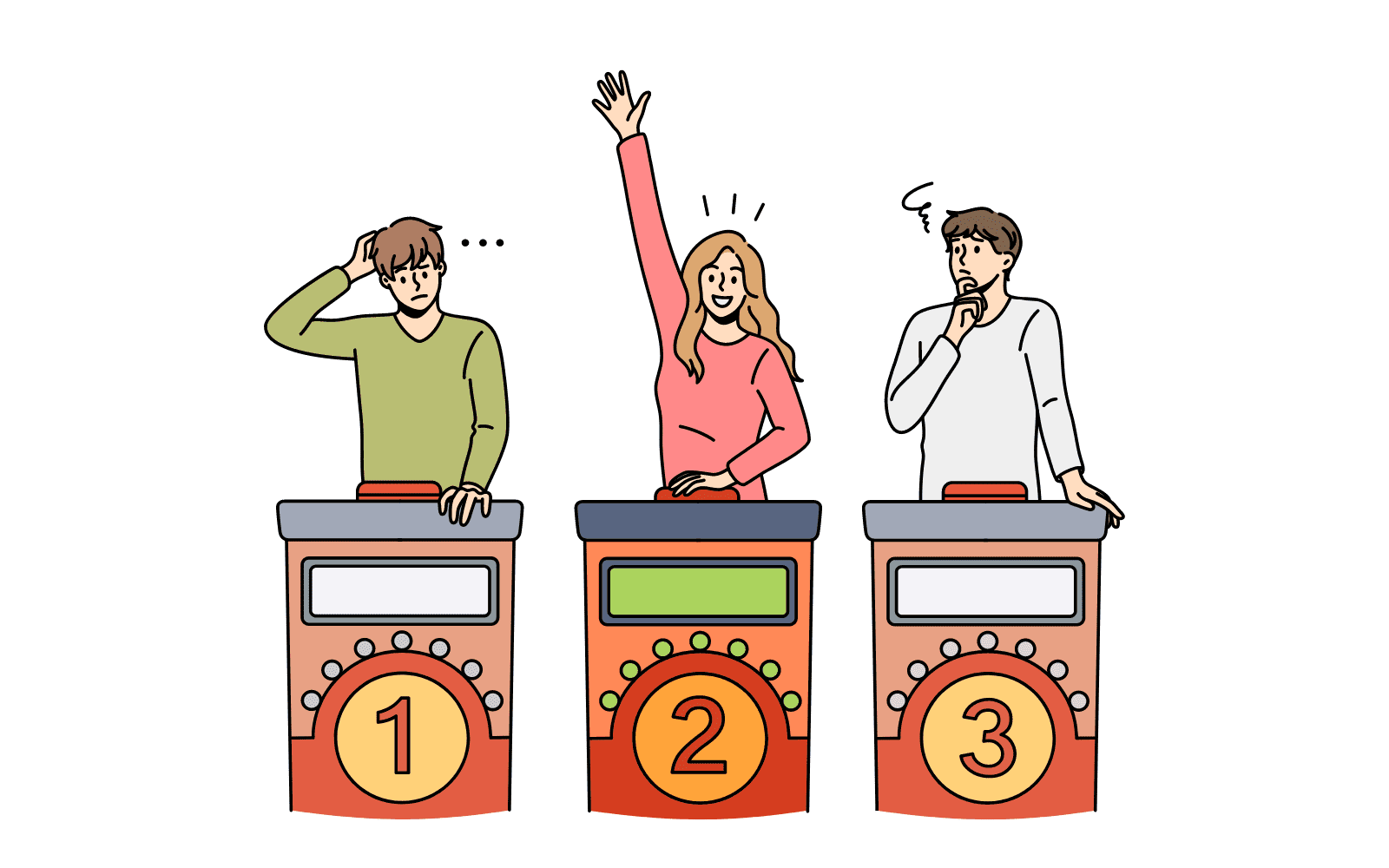
There are several study techniques that are simultaneously effective and fun.
These include:
- Studying with flashcards
- Playing jeopardy with friends
- Using the Feynman technique (This involves explaining a topic as though you were explaining it to a child. You can make it more fun by getting a whiteboard and pretending you’re an actual teacher.)
Check out this post for more ways to gamify studying.
Does dopamine make you study better?
Did you know that not only does dopamine release make you more excited about studying, but it can also help you study better? According to this article, dopamine:
- Motivates you to study AND
- Increases retention because it’s linked to memory
By doing a dopamine detox for studying, you can not only improve your focus but your retention!
Can I listen to music during dopamine detox?
Generally speaking, music triggers the release of a lot of dopamine, so you should eliminate it during your dopamine detox.
Personally, I find that I do repetitive work better when I have music playing (in fact, research shows that certain genres boost productivity). I also really enjoy music in general, so I felt like I would go a bit insane if I deprived myself of it entirely.
As a compromise, I stopped using headphones to listen to music. When I did play music, I generally chose more “chill” songs and played them at a low volume.
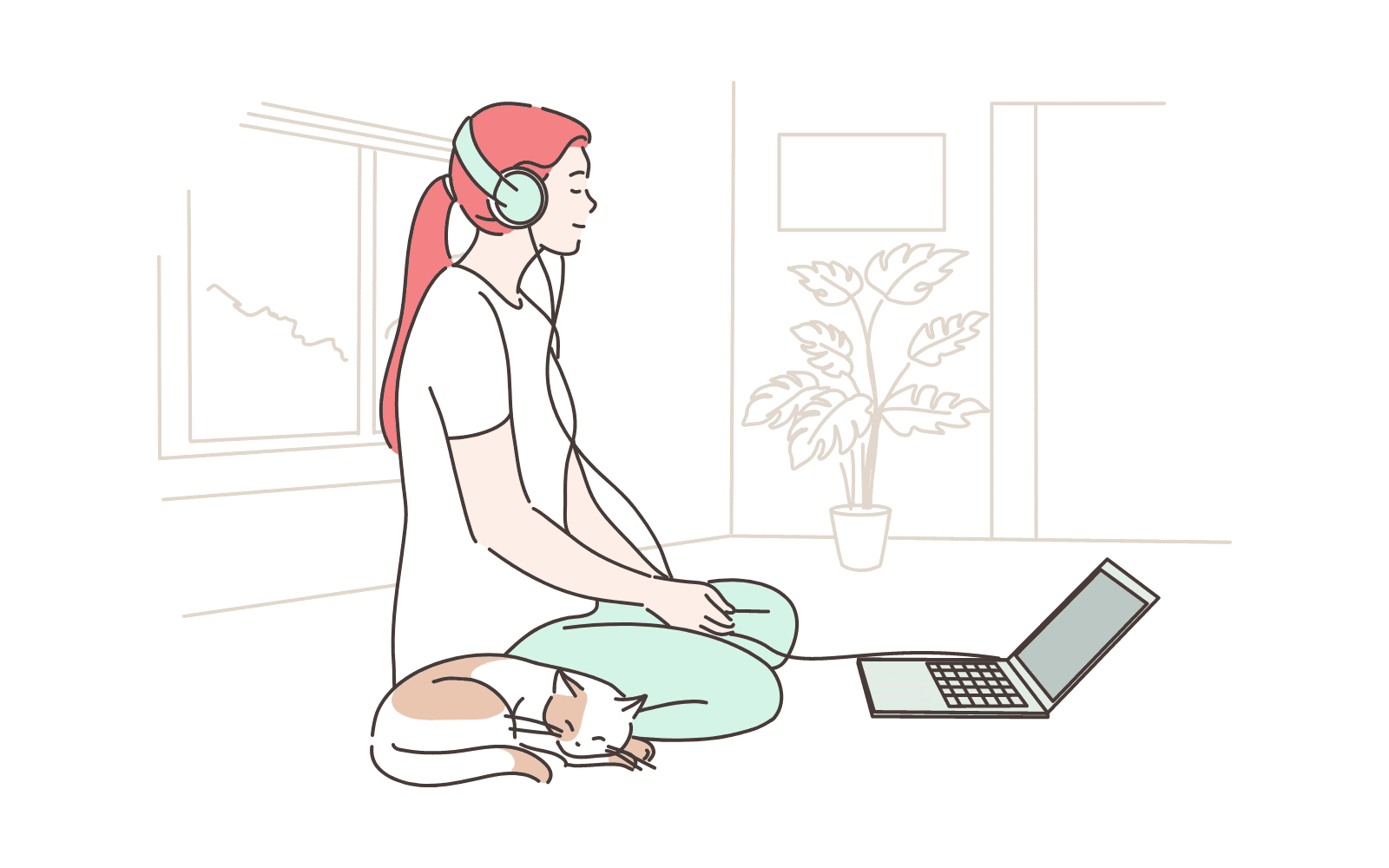
However, it’s up to you. If you find yourself frequently getting distracted by music, then you should avoid it.
Overview of Doing a Dopamine Detox for Studying
If you find yourself frequently distracted while studying, doing a dopamine detox is the perfect solution.
A dopamine detox helps your brain anticipate lower-stimulation activities, like studying, reading, or going on walks. By increasing dopamine release for these activities, you will be more motivated and focused while doing them.
Also, since dopamine is related to memory, increased dopamine release while studying can even improve your retention of information!
To do a dopamine detox for studying, you need to:
- Identify maladaptive behaviors that are interfering with your productivity
- Create friction that makes it impossible to perform those behaviors
- Replace maladaptive behaviors with healthy alternatives
- Create a morning routine
- Find a system to hold yourself accountable
- Journal about your thoughts and feelings
Doing a dopamine detox will feel hard, but the benefits—feeling calmer and more focused—far outweigh the challenges.
Did this post inspire you to do a dopamine detox for studying? If so, let me know how you’ll be introducing friction as part of your detox in the comments below!
For more posts on productivity and studying, check out:
- Easy Time Blocking Method for Students Using Google Calendar
- How to Plan Your Week as a Student and Stick to Your Plan
- How to Apply Atomic Habits to Studying to Get Better Grades
- Morning to Night Routine for Students to Boost Productivity
- 7 Secret Tips For Studying That Will Transform How You Study
- 9 Guaranteed Ways to Overcome Procrastination for Students

Learning With Angie is a place to share honest, unfiltered advice to promote student success. So if you’re a student (high school, college, or beyond) looking for tips on productivity, studying, personal growth, and more to reach your potential, this is the place! To read more about Learning with Angie, click here.

